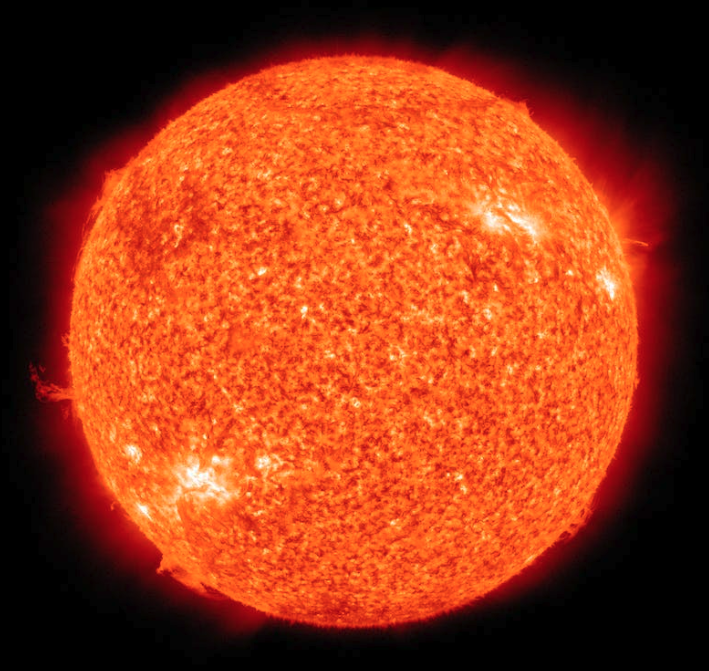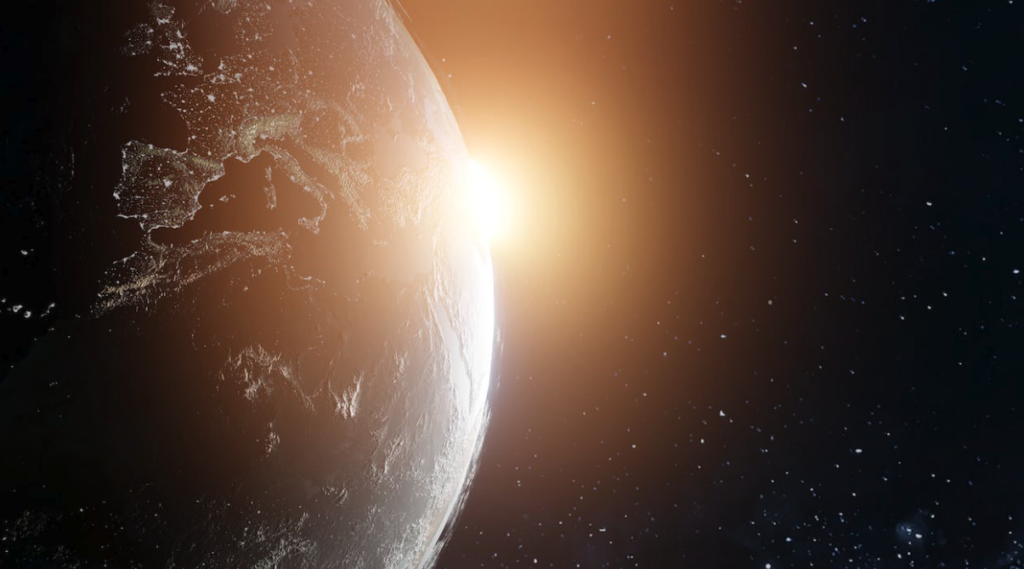How Many Suns are There?
Table of Contents

The Sun is the most important thing in our environment. It provides the light and heat that supports our ecosystem. Without the Sun, the Earth would just be a chunk of lifeless rock hurtling through space.
Many civilizations have recognized the importance of the Sun and worshipped it. It was Ra to the Egyptians, Johonaa ei to the Navajo, Kinich Ahua to the Mayans, and it is still worshipped by the Hindus as Surya. In these and other religions, the Sun is often thought of as a life-giving father figure.
Nowadays, we know the Sun is just a star, not much different from the many stars we see in the night sky. If every star is a sun, do they all have planets orbiting them? Does each star have a planet with life on it? How many suns are there in the universe?
How Many Suns are There in Total?
In a way, this is a trick question. Technically, “Sun” is the name of the star in middle of our solar system, so there is only one sun in the universe. However, some astronomers have started calling any star that is known to have planets orbiting it a sun. Since it is difficult to detect far-away planets, it is hard to say for sure whether a particular star has any planets. Planets don’t give off light and can only be detected from Earth if they temporarily block some of the light coming from the star. However, the current estimates are:
- 1 septillion stars
- 20 sextillion stars with planets
A septillion is 1,000,000,000,000,000,000,000,000. A sextillion is 1,000,000,000,000,000,000,000. Those are big numbers. How many suns are there? A lot.
How Many Suns are in the Milky Way?
The above numbers are crude estimates. We know a lot more about our local astronomical area than the rest of the universe. The Sun is part of a galaxy called the Milky Way. The Milky Way contains around 100 billion stars, and around 6 billion of those are thought to have planets.
Astronomers have directly confirmed that 3,500 stars in the Milky Way have objects orbiting them that they refer to as “exoplanets”. Exoplanets are planets that aren’t part of the Solar System. Astronomers have also directly confirmed the existence of an exoplanet in the Whirlpool galaxy, which is around 23 million light years away.

Is There Life on all of These Planets?
It is very unlikely that there is life as we know it on most of the planets in the universe. The type of life we have requires water, an atmosphere, and a relatively narrow temperature range. In the Solar System, only Earth meets all of these requirements. The other planets are too hot, too cold, have no atmosphere, have really extreme temperature swings, or have severe weather. People are speculating that life similar to ours may exist on Mars and some of the moons around Uranus and Jupiter, but these speculations have yet to be confirmed.
There is no reason to believe that our Solar System is special in any way. Our star, the Sun, is a very ordinary star. It is a yellow dwarf star that is not unusually large or small, nor is it unusually bright or dim. Thus, we could speculate that most star systems with a yellow dwarf star and planets are likely to have life as we know it on one or more of those planets.
Yellow dwarf stars are particularly likely to foster life because they are stable. They steadily fuse hydrogen into helium and produce approximately the same amount of energy per minute for billions of years. We know that it takes a long time for life to evolve, and life requires a consistent, stable environment to develop and thrive.
How Many Types of Stars are There?
In addition to yellow dwarf stars, there are:
- Hot blue stars. These stars are huge, emit a lot of energy, and only live for a few million years before burning out.
- Red dwarf stars. These stars burn very slowly and emit less energy than yellow dwarfs. They have a very long lifespan.
- Red giant stars. These are stars that are beginning to die. They are expanding and emitting energy from processes other than hydrogen fusion.
- White dwarf stars. These are star corpses. After a star goes through the red giant phase it collapses into a small, dense object that emits mostly ultraviolet light.
- Neutron stars and black holes. When very large stars die, instead of collapsing into white dwarfs they explode and leave behind small, ultradense neutron stars or black holes.
More technically, astronomers categorize stars into seven classes, called O, B, A, F, G, K, and M, in order from largest and hottest to smallest and coolest. In addition, each class is split into 10 subclasses, 0 to 9, with smaller numbers denoting a hotter star. The Sun is a G2 star. O, B, and A stars are blue, A stars are white, F and G stars are yellow, K stars are orange, and M stars are red.
Where do Suns Come From?
Stars are formed out of clouds of gas and debris in space that slowly, over millions of years, contract under the force of gravity. If a sufficient amount of mass is compressed together, fusion occurs and the new star starts shining. There is always debris left over from the formation of a star, and it forms a loose disc that rotates around the star. Over time, gravity can cause matter to clump up within the disc of debris, and these clumps can go on to form planets. It takes longer to form the planets around a star than it does to form the star itself.

Conclusion
In conclusion, there is either one sun (the Sun), or, if you prefer to call all stars with planets suns, there are 20 sextillion suns. The natural birthing process of stars produces a disc of debris that rotates around the star and eventually develops into planets. Thus, most star systems would be expected to have multiple planets orbiting the star, turning it into a sun.
